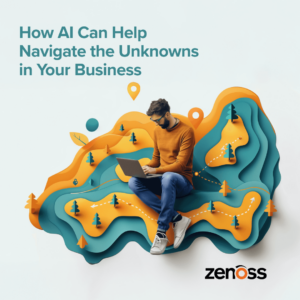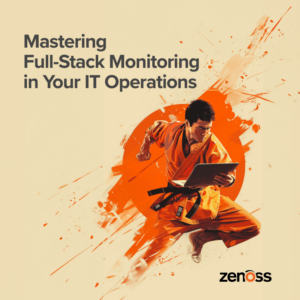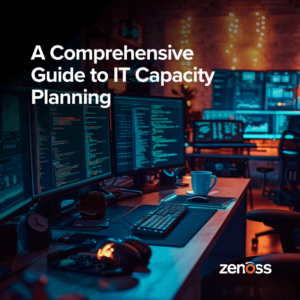 Time To Face What You Don't Know (You Don't Know)
Time To Face What You Don't Know (You Don't Know)
How do you know what you don’t know? Philosophers have pondered this age-old question for as long as they’ve been pondering. Perhaps this is because few things are scarier than the unknown. Whether you’re a child tucked in bed and wondering what’s in the closet, or a CTO in the boardroom wondering if your platform can stand up to the next generation of machine learning algorithms — we never outgrow the fear of the unknown.
Let’s examine how the unknown can affect your business. What does it mean, where does it come from, and how can we limit its harmful effects? In the end, hopefully, we’ll find that it’s not as scary as we thought.
"To know that we know what we know, and to know that we do not know what we do not know, that is true knowledge." -Copernicus
The truth is, there is information about your business that you simply don’t know. It sounds scary, but good CTOs not only understand this principle but effectively operate within this realm of uncertainty every day. Forbes identified these uncertainties as “known unknowns” and “unknown unknowns.” Both of which must be accounted for in a comprehensive risk mitigation plan. But how does one account for something that is not known? In the case of the known unknowns, it becomes a matter of closing the information gap. We will discuss ways to do this later. That leaves us contending with this seemingly hopeless abyss of the unknown unknowns. These are the things that seem impossible to account for. Before tackling this, however, we should explore where these concepts come from.
 The Johari Window
The Johari Window
The Johari Window was first developed in the 1950s to help understand group dynamics. It has been adapted on numerous occasions to the world of business. The Johari Window is a rectangle divided into four sections where each section describes certain levels of knowledge. It is convenient for the purpose of the model to think of the window as being fixed in size, and the individual panes grow and shrink depending on how much information is either known or unknown.
"Risk comes from not knowing what you’re doing." -Warren Buffett
We also assume there is a finite amount of information being dealt with. Clearly, this is not true about the universe in general, but if we limit the context to a particular business, we can safely assume that the more we learn, the fewer unknowns there are. This has profound significance because we can shrink the size of the unknowns by expanding what we know. It’s naive — and potentially dangerous — to think we will ever get to a point where we know everything. So for that reason, the lower-right quadrant, which represents things we don’t know we don’t know, will never disappear entirely. But our goal is to limit its scope by restricting it as much as possible. We do this by expanding the other three quadrants. Before looking into how we can address the known unknowns, let's take a closer look at how information gaps are acquired.
- Didn’t have the right people. Strong leaders build strong teams. But let’s face it, it can take months if not years to put together the right people to fit your vision. In the meantime, the information gap can grow due to lack of experience in key positions. And, unfortunately, sometimes personal egos get in the way of corporate vision. As soon as your team is in place, there is no time to lose in identifying where the information gaps are.
- Lost sight of business goals. Rapidly changing markets and unforeseen technical innovations can easily distract you away from long-term plans. Even small, temporary distractions can result in lost development and costly restarts. It is also not uncommon to lose sight of the proverbial 30,000-foot view while in the trenches of building a new platform. Distractions are a part of doing business, but it is never too late to reorient the organization toward the long-term vision.
- Postponed the cost of integration. Good CTOs understand the importance of having the right tools. However, budgets and training costs can severely hamper the selection process. It's completely reasonable — and often recommended — to look at the short term when faced with such restrictions. You weighed the risks and made the best strategic decisions, knowing there would be a retooling cost at some point in the future. Your decisions paid off, but now you recognize it’s time for an integrated solution.
- Didn’t have the right technology partner. As you navigate through the densely populated vendor landscape, it’s not uncommon to encounter partners who turn out to be more interested in selling you unnecessary products and services than they are in guiding you to solutions. To make matters worse, you may have outgrown your partners or feel trapped by the sunk-cost fallacy. Trying to make a bad relationship work will do nothing but increase the information gap and lead to more lost opportunities.
How Can Zenoss Help?
- Close the information gap. As alluded to earlier, we can attack the known unknowns head-on by identifying blind spots and plugging the holes. With the ability to monitor literally anything, Zenoss has the right ZenPack to give visibility into the parts of your infrastructure that are currently hidden.
- Lower the cost of integration. With Zenoss, you can put your integration troubles behind you. Metrics, streaming data, events and logs are consolidated in one place. Alerts, notifications and Emails can be managed from a single point along with access to ticketing and provisioning systems. Zenoss integrates with ServiceNow, BMC Remedy, CA Service Desk and HP Service Manager. Provisioning can be performed with Cisco UCS Director, Chef and Puppet.
- Shine a light into the abyss. Remember that lower-right panel we referred to as the abyss — the dreaded unknown unknowns? Let Zenoss’ powerful AI start asking the questions you never knew existed. Discover relationships and patterns that were hidden in places where no one thought to look. When the box of unknowns starts to shrink, you will find your organization engaged in more proactive problem solving.
- A partner for life. When you join the Zenoss Partner Network, you become a member of a family. Like any family, virtually unlimited scalability means you will never outgrow the relationship. Zenoss will move as you move and adjust as you adjust to ever-changing conditions. Zenoss partners with many of the world’s top technology leaders and service providers helping them achieve their goals by being fast and flexible and adapting to any environment.
Schedule a Demo
Don’t let the unknown squander opportunity. The journey to eliminate the information gap starts with a single click. Schedule a demo today.

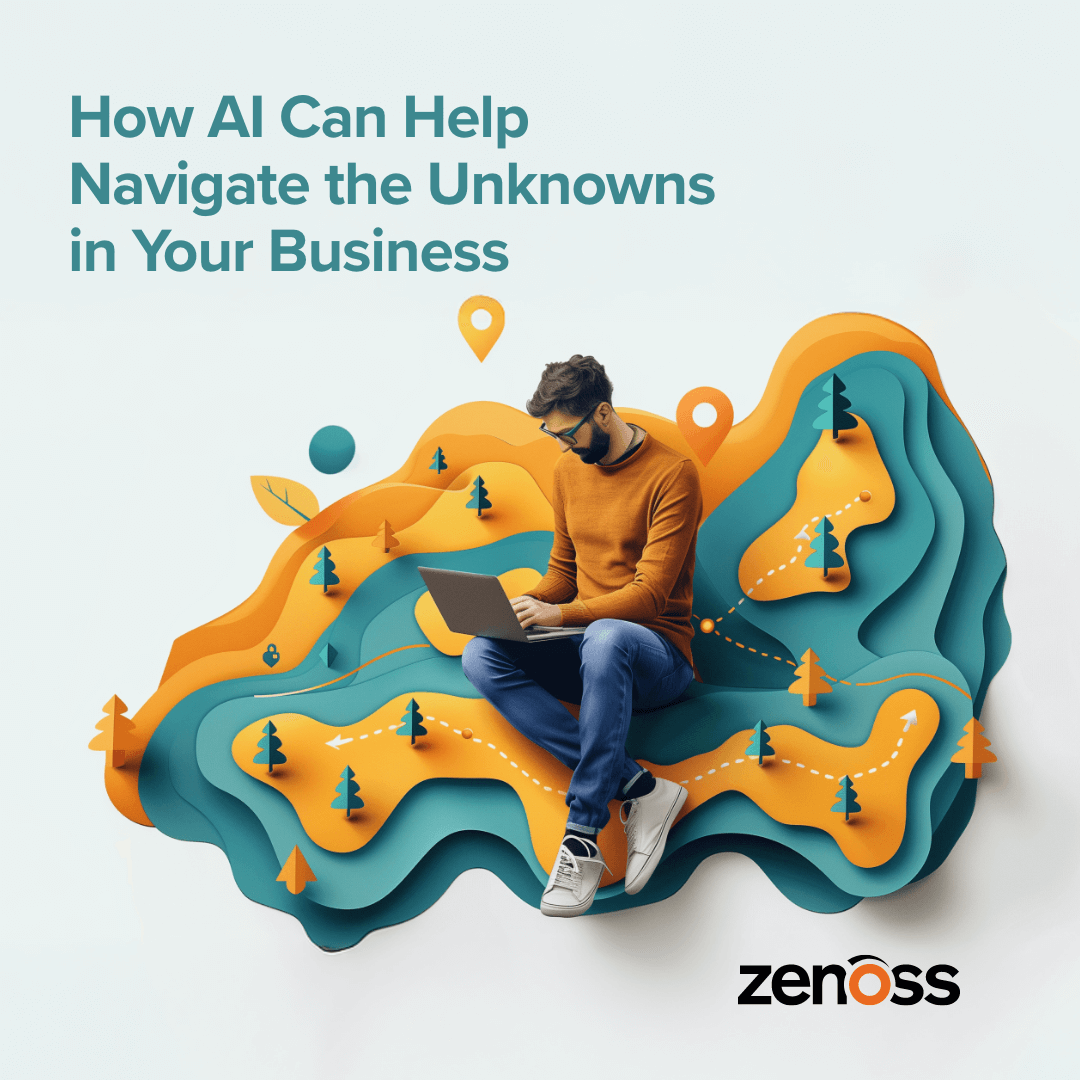 Time To Face What You Don't Know (You Don't Know)
Time To Face What You Don't Know (You Don't Know)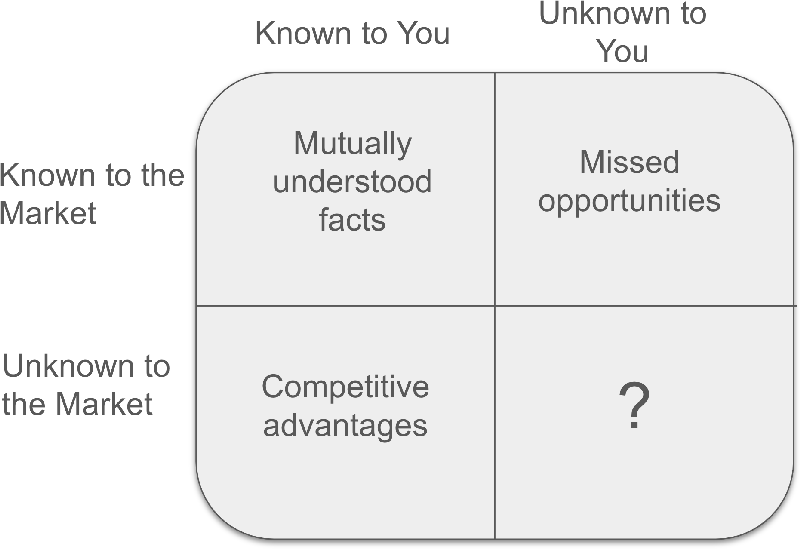 The Johari Window
The Johari Window
